Birth name Anton Dostler Service/branch German Army | Name Anton Dostler Years of service 1910–45 | |
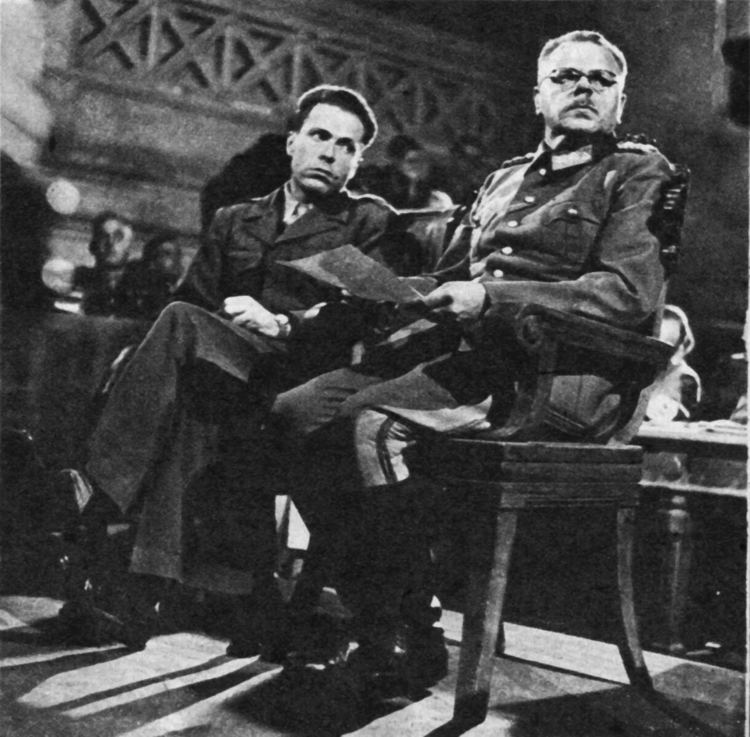 | ||
Born 10 May 1891Munich, Germany ( 1891-05-10 ) Battles/wars First World WarSecond World War People also search for Erwin Vierow, Gerd von Rundstedt, Semyon Timoshenko Commands held | ||
Anton Dostler (10 May 1891 – 1 December 1945) was a general of the infantry in the regular German Army during World War II. In the first Allied war trial after the war, Dostler was found guilty of war crimes and executed by firing squad.
Contents
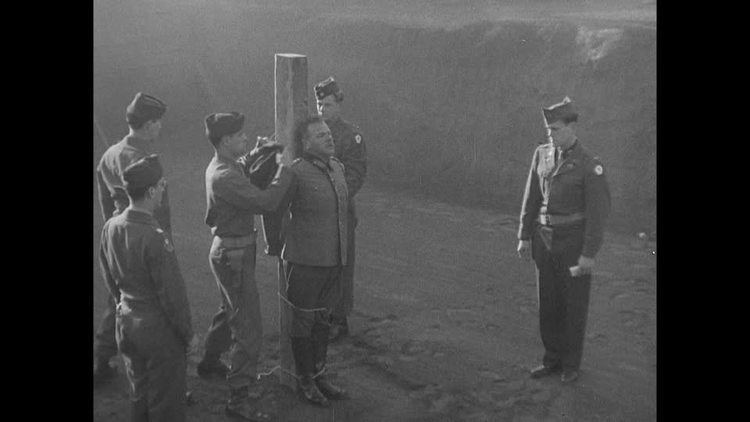
Military career
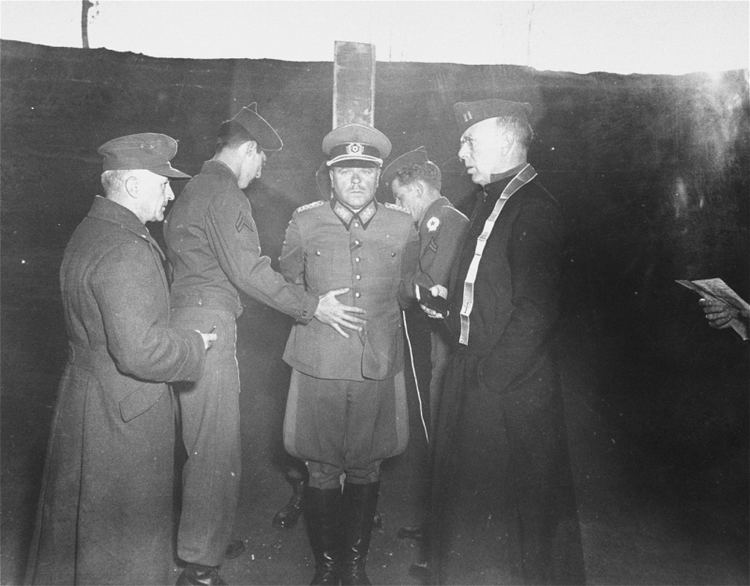
Anton Dostler joined the German Army in 1910 and served as a junior officer during World War I. From the start of World War II to 1940, he served as chief of staff of the 7th Army. Subsequently, he commanded the 57th Infantry Division (1941–1942), the 163rd Infantry Division (1942) and after some temporary stand-ins at corps, was appointed commander of 75th Army Corps (Jan-July 1944) in Italy and then as commander of the Venetian Coast (Sept to Nov 1944) when its name was changed to 73rd Army Corps, at which he finished the war.
Execution of U.S. soldiers
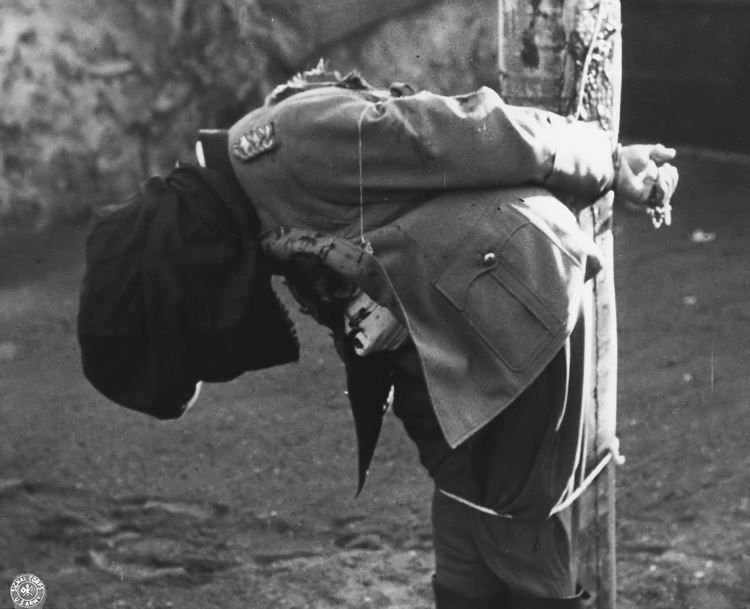
On 22 March 1944, 15 soldiers of the U.S. Army, including two officers, landed on the Italian coast about 15 kilometres north of La Spezia, 400 km (250 miles) behind the then established front, as part of Operation Ginny II. They were all properly dressed in the field uniform of the U.S. Army and carried no civilian clothes. Their objective was to demolish a tunnel at Framura on the important railroad line between La Spezia and Genoa. Two days later, the group was captured by a party of Italian Fascist soldiers and members of the German Heer. They were taken to La Spezia, where they were confined near the headquarters of the 135th Fortress Brigade, which was under the command of German Colonel Almers. The immediate, superior command was that of the 75th Army Corps, commanded by Dostler.
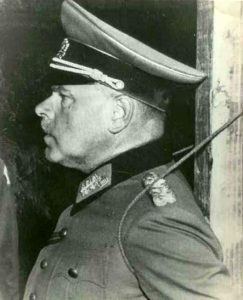
The captured U.S. soldiers were interrogated and one officer revealed the story of the mission. The information, including that it was a commando raid, was then sent to Dostler at the 75th Army Corps. The following day Dostler informed his superior, Field Marshal Albert Kesselring, commanding general of all German forces in Italy, about the captured U.S. commandos and asked what to do with them. According to Dostler's adjutant officer, Kesselring responded by ordering the execution. Later that day, Dostler sent a telegram to the 135th Fortress Brigade ordering that the captured soldiers be executed. This order was an implementation of Hitler's secret Commando Order of 1942, which required the immediate execution without trial of commandos and saboteurs.
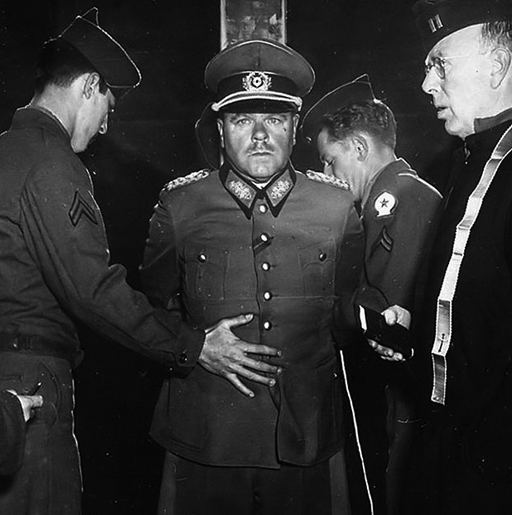
German officers at the 135th Fortress Brigade contacted Dostler in an attempt to achieve a delay of their execution. Dostler sent another telegram ordering Almers to carry out the execution. Two last attempts were made by the officers at the 135th to stop the execution, including some by telephone, because they knew that executing uniformed prisoners of war was a direct violation of the 1929 Geneva Convention on Prisoners of War. These efforts were unsuccessful and the 15 Americans were executed on the morning of 26 March 1944, at Punta Bianca south of La Spezia, in the municipality of Ameglia. Their bodies were buried in a mass grave that was then camouflaged. Alexander zu Dohna-Schlobitten, a member of Dostler's staff who was unaware of the secret Commando Order and who had refused to sign the execution order, was dismissed from the Wehrmacht for insubordination.
Trial and execution
Dostler became a prisoner of the Americans on 8 May 1945 and was put before a military tribunal at the seat of the Supreme Allied Commander, the Royal Palace in Caserta, on 8 October 1945. In the first Allied War crimes trial, he was accused of carrying out an illegal order. In his defense, he maintained that he had not issued the order, but had only passed along an order to Colonel Almers from supreme command, and that the execution of the OSS men was a lawful reprisal. Dostler's plea of superior orders failed because by ordering the execution, he had acted on his own outside the Führer's order. The military commission also rejected his plea, declaring that Dostler's execution of U.S. soldiers was in violation of Article 2 of the 1929 Geneva Convention on Prisoners of War, which prohibited acts of reprisals against prisoners of war. The commission stated that "No soldier, and still less a Commanding General, can be heard to say that he considered the summary shooting of prisoners of war legitimate even as a reprisal."
Under the 1907 Hague Convention on Land Warfare, it was legal to execute spies and saboteurs disguised in civilian clothes or enemy uniforms but excluded those captured in proper uniform. Since the 15 U.S. soldiers were properly dressed in U.S. uniforms behind enemy lines and not disguised in civilian clothes or enemy uniforms, they were not to be treated as spies but prisoners of war, which Dostler violated.
The trial found General Dostler guilty of war crimes, rejecting the superior orders defense. He was sentenced to death and executed by a 12-man firing squad at 0800 hours on 1 December 1945 in Aversa. The execution was photographed on black and white still and movie cameras. Immediately after the execution Dostler's body was lifted onto a stretcher, shrouded inside a white cotton mattress cover and driven away in an army truck. His remains were buried in Grave 93/95 of Section H at Pomezia German War Cemetery.
